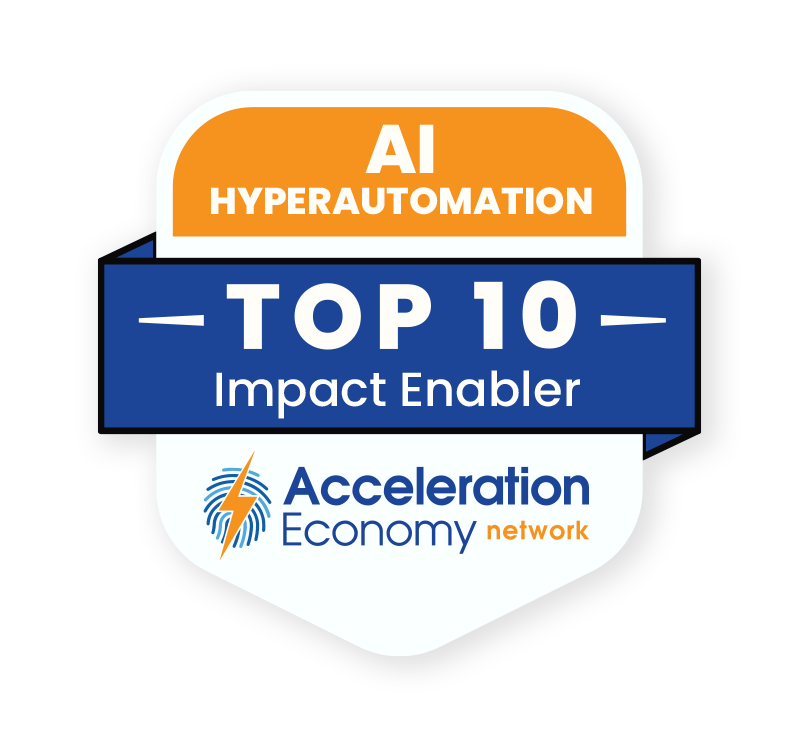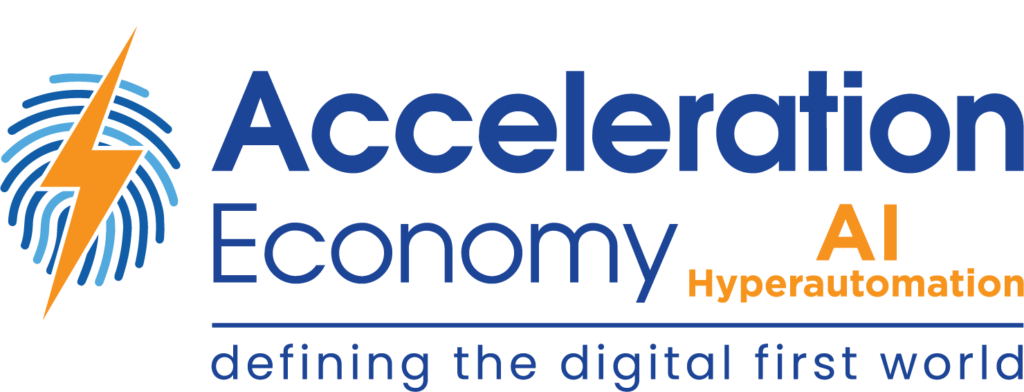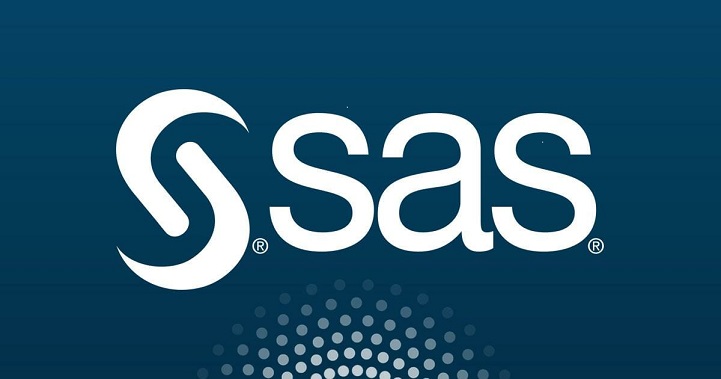Heritage is a powerful differentiator at a time when so many new technology companies and applications vie for user attention. Business leaders trust brands that have weathered the storm brought on by the digital revolution. However, in some cases, established brands sometimes need help to evolve after those storms have hit.
Not so with SAS. Despite operating in the analytics market since the early 1970s, the company’s latest, cloud-native flagship platform proves SAS is still on top of its game and leveraging its decades of experience to take on the most current technological challenges.

Which companies are the most important vendors in AI and hyperautomation? Check out the Acceleration Economy AI/Hyperautomation Top 10 Shortlist.
SAS is on the Acceleration Economy Top 10 Shortlist of AI/Hyperautomation Enablers.
Who They Are
The seeds of SAS, as we know it today, were sown in the late 1960s, when a collection of universities in the Southern U.S. collaborated on a project to develop a general statistical analysis program. The initial aim was to focus on agricultural analytics, but the breadth of use cases quickly widened.
The eventual program was called the Statistical Analysis System, which gave rise to the name SAS, incorporated as SAS Institute Inc, headquartered in Cary, N.C., in the mid-1970s. Fast forward to 2021, and SAS announced its intention to hold an IPO by 2024.
SAS has customers in nearly 150 countries, and SAS software is installed in around 80,000 global businesses, government agencies, and educational institutions. The company employs 12,170 employees and has won numerous accolades for employee wellness, with workplace culture being a defining attribute of SAS.
Co-Founder Jim Goodnight remains as CEO, a role he has held since 1976. Under his leadership, SAS has achieved continual revenue growth and profitability since its inception.
Bryan Harris is SAS Executive Vice President and Chief Technology Officer. Harris has over 20 years of experience in the research and development of analytics, enterprise search, distributed computing, and the cloud. He has been a senior leader of SAS R&D for almost a decade.
What They Do
SAS’s flagship product is its Viya platform, and it consolidates the power of SAS into a single, cloud-native product for AI-driven automation, data management, and analytics.
Regarding data management, Viya enables users to integrate data from a wide range of sources while the platform’s suggestion engine streamlines data preparation for analysis. The data management offering includes governance features that track and monitor models.
With this comprehensive data management and governance platform, users can quickly locate, classify, catalog, and secure data in their organization. SAS Model Manager is the suite’s dedicated ModelOps facility for AI and ML model governance and management
Of course, SAS is best known for its work in AI, and AI solutions are a core component of Viya. They include conversational AI, chatbots, and ML tools with automation designed to support intelligent decision-making by providing contextual recommendations. Ultimately, the goal is to use AI to accelerate data preparation without the need for complex coding or manual effort.
SAS Visual Analytics is Viya’s single-view visualization tool, enabling users to find and share insights via a single, collaborative application. The system accelerates data discovery and supports various visual representations of reports and dashboards.
Open-source is a fundamental consideration in SAS Viya. The platform enables a great deal of flexibility by integrating open-source software so users across multiple ecosystems can share and develop models and insights.
“When it comes to enterprise AI, SAS is the 800-pound gorilla — their cloud-native AI and analytics platform Viya is based on open-source technologies and supports a variety of data sources to fit the needs of almost any organization within any industry, says Acceleration Economy AI and Hyperautomation analyst Toni Witt. “Nor are they riding any AI hype train — with decades of experience, over 83,000 customers, and nearly 150 countries of operation, they have deep experience in providing analytics solutions that AI can be leveraged with.”
Who They’ve Impacted
A well-known customer of SAS is American Honda Motor Co., Inc. The company uses SAS to support the warranty claims process and predict the use of parts and services.

American Honda relies on a vast network of dealerships to carry out repairs under warranty. As this incurs a significant cost, all claims must be accurate and verified. American Honda used SAS Analytics to develop a proprietary process that flagged any suspicious warranty claims for further investigation.
Using SAS Analytics, American Honda’s Advanced Analytics enabled the Claims group the ability to identify incomplete, inaccurate, or non-compliant claims more quickly.
“Initially, it took our examiners over three minutes on average to identify a potentially noncompliant claim, and even then, they were only finding a truly noncompliant claim 35% of the time,” said Kendrick Kau, Assistant Manager, Advanced Analytics in a SAS case study. “Now, with SAS, identifying a suspicious claim takes less than a minute. And in that time, they are finding a noncompliant claim 76% of the time.”
The company also saw a 52% reduction in labor costs. Beyond claims, American Honda also utilizes SAS Forecast Server to help to ensure the right resources are in place to meet future service demand.
“Our goal is to forecast the number of vehicles in operation to predict the volume of customers coming into the dealerships,” Kau said. “And that translates to how many parts we should have on hand and helps us to plan staffing to meet customer demands. Looking backward year-by-year, we’ve been within 1% of where we forecast to be. That’s extremely good for a forecast, and I attribute much of that to the abilities of the SAS software.”
Why SAS Makes Our AI/Hyperautomation Top 10 Shortlist
Since the mid-1970s, SAS has championed AI-driven analytics and automation. Our practitioner analysts chose SAS for our list of Top 10 AI/Hyperautomation vendors for the following reasons:
- SAS has built upon its long and successful history in developing AI technologies for analytics by consolidating its technologies into an accessible, cloud-native platform.
- Viya’s visualization capabilities accelerate data-driven insights by providing an impressive range of presentation options.
- While some companies struggle to unite AI with data management, SAS has achieved a balance that enables AI to support advanced analytics and data processes coherently and unobtrusively.
- Powerful customer references such as American Honda that indicate the company’s technology is addressing the most mission-critical customer use cases.
Looking for real-world insights into artificial intelligence and hyperautomation? Subscribe to the AI and Hyperautomation channel:













